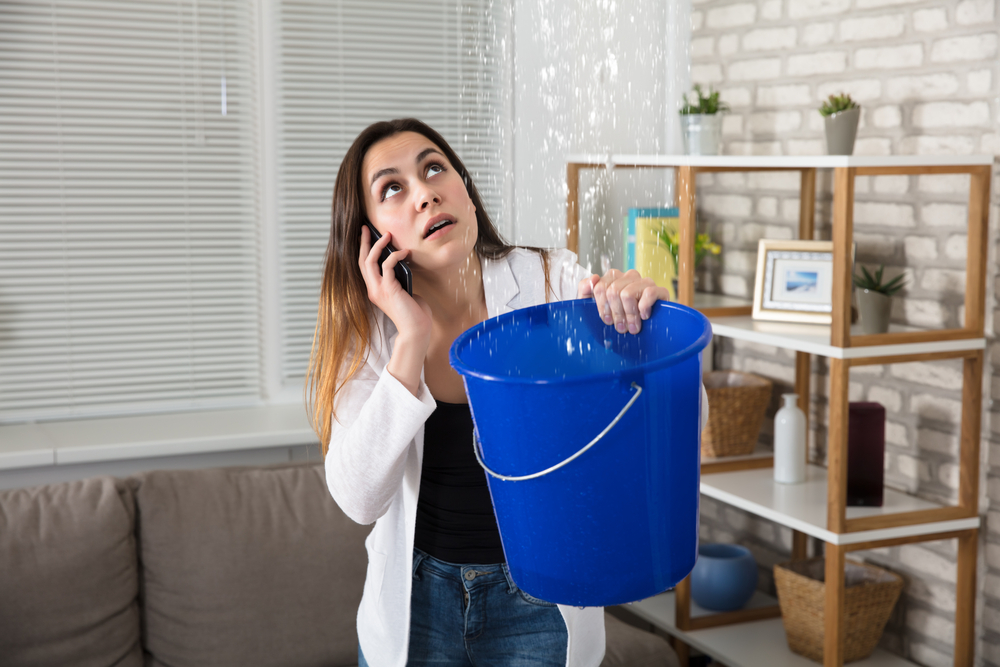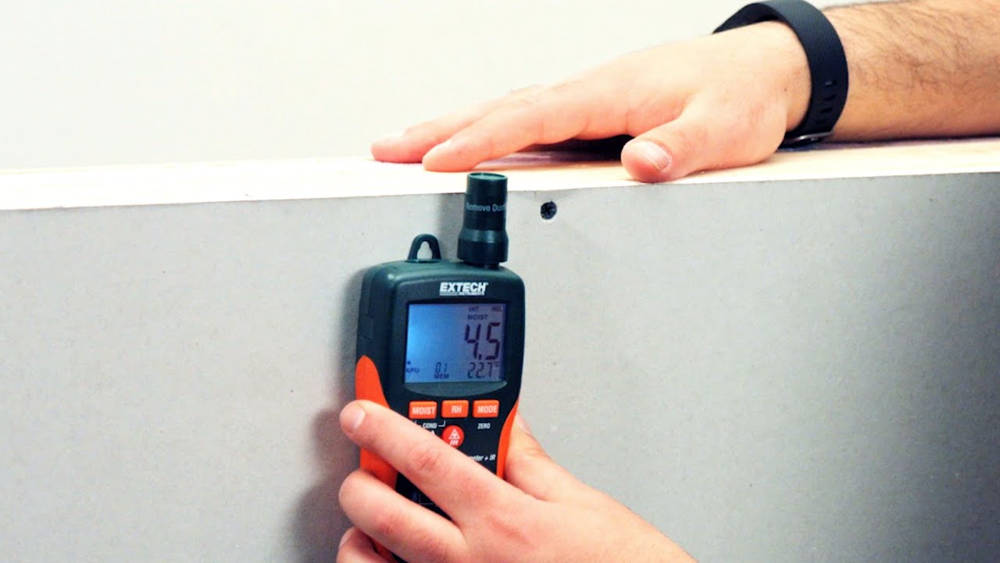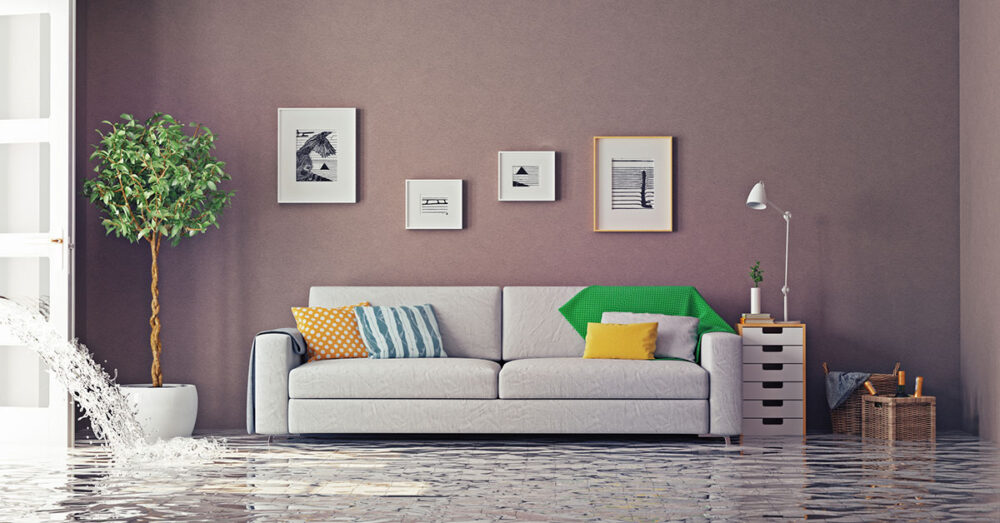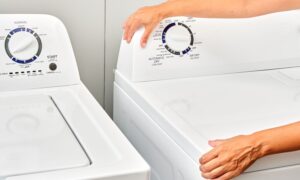Floods can occur for many reasons – weather conditions, groundwater, or home water system malfunction. Whatever the reason may be, we can all agree that floods are dangerous, both for you and for your home. Moreover, fixing all the damage and clearing your home afterward will be time, energy, and money-consuming. Trust us, you will be able to return your home to its formal glory only after a series of projects and tasks. But, it is simply something that has to be done. And, that is why we are here, too! Thus, if interested in some guidelines for clearing out your home after a flood and creating a healthy environment, keep on reading.
1. Protect Yourself First

Source: alphaomegapros.com
It goes without saying that when a home has been flooded, there are more things to worry about than just water. There will probably be a lot of debris in and out of your home, your furniture might be scattered, the electrics might be damaged, and what is more, the water may have brought in some toxic substances too. As you can see, a lot of things may go wrong in a flooded house. That is why it is of key importance to protect yourself the best way you can.
Firstly, make sure you wear appropriate clothing, clothing that covers arms and legs completely. If you have any allergies to mold or dust or you have asthma, wear a mask! And, wear a helmet! If the house has been flooded for a while, even walls may collapse. It would be best if you could hire a contractor to determine that the house is safe and that there are no structural and electrical problems that might compromise your safety. You must do this before you rush into your home. You can also hir professionals from water damage restoration Denver to do any water damage repair.
2. Remove All the Debris
After you have taken all the safety precautions, it is time to start clearing your home. The first step towards that is to remove all the debris. For that, you can use shovels and rakes. Slowly push the debris out of your home, and deposit it somewhere properly. If you had flood insurance by any chance, you should save parts of your flooring and walls to show it as proof. The same goes for your furniture. If you can not clean and dry some pieces within 24h after the flood, you should better dispose of them. Those pieces probably have mold growing inside them.
And, for the items that were not affected by the flood, you should consider taking them out of your home until you repair everything. If you need help, you can hire companies such as Heavenly Move and their movers can help you remove the furniture pieces from your home and take them to a storage unit, for instance. That way, you will be able to repair and remodel the house in a safer and quicker way.
3. Monitor the Moisture

Source: bottleworld.net
In some cases, it is hard to determine whether a piece of furniture is dry or not. A lot of things can be dry to the touch, but be completely wet inside. Those pieces will, as previously said, grow mold. What you should do is go to your local hardware store, or even to some well-equipped supermarket and buy a humidity meter ($15) or a moisture meter ($50). These gadgets can help you determine the moisture level of your furniture. Anything that has more than 30% moisture or dampness is most likely to grow mold. Once it is dry you can return it to your home and use some slipcovers to hide the stains.
4. Remove Damaged Drywalls and Flooring
And now, after the furniture is taken outside, it is time to deal with your walls and carpets. You can remove the drywall with a utility knife. Simply score it and then punch it in. Moreover, if you have isolation behind your walls that seems wet or even damp, you must remove that too. It should also be mentioned that you should wait for a couple of days for everything to dry up completely before you seal it.
Use your humidity meter to analyze the condition of your wooden doors and windows. Again, if the humidity is over 30%, you must remove them from your house. And, if your doors and windows are made of glass or metal, you only need to wash them with bleach in order to kill all the bacteria.
Finally, the floors! Even if they seem dry, you have to remove them. Especially if you have ceramic tiles, natural wood, or laminate as these materials tend to collect moisture and grow mold and bacteria. Thus, remove, clean and dry everything before you level and install new flooring. This renovation process will last for weeks, even months, thus, be prepared and patient!
5. Check all the Appliances

Source: donerighthomeprofessionals.com
Checking the appliances is not the same as checking your other furniture pieces. If you are not careful and do not have experience dealing with electricity, do not attempt to do this alone. Call an expert if you do not want to injure yourself or the people around you. Before the expert comes, you can simply check which appliances have been affected by the flood. By no means should you plug anything in? If some appliances were in contact with water, they will most likely have to hit the trash. Again, only an expert can see whether a stove, a fridge or a dryer can be saved or not. The pieces that have not been in contact with water must also be sanitized and cleaned thoroughly. And, just like with everything else, give your appliances the time to air dry for two or three days.

























